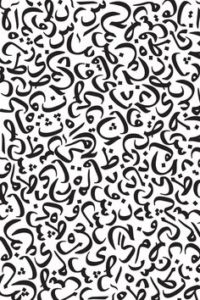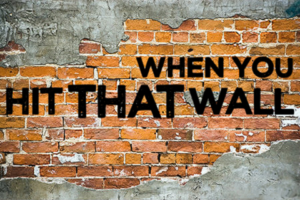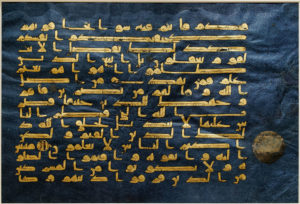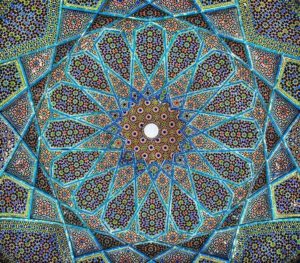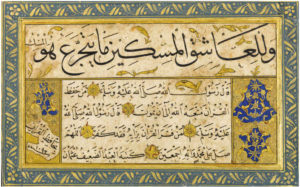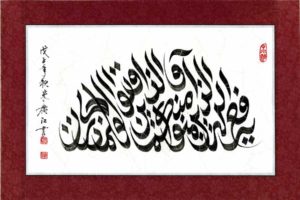My Advice to Aspiring Artists: Separating What You Know from What You Are Learning
My Advice to Aspiring Artists: II. Separating What You Know from What You Are Learning
By: F.K. Art Intern Nimah Bhura
There is never just one way to do something, however, there is a proper way. When studying Arabic calligraphy, I was introduced to about a dozen new scripts. Some of them were completely divergent, while others were more alike. I was already familiar with the standard Arabic script, Naskh, and assumed my calligraphy would be flawless right off the bat. To the contrary, I was in for a surprise.
It quickly became apparent to me that what I had learned and what I was being taught were completely contradictory. I realized that there were major differences, mistakes, that I had been taught to write with. This made it exceedingly strenuous for me to completely master the basic script of Naskh. I had to erase what I had previously learned and teach my hand how to correctly write the script. Although it was hard, it wasn’t impossible; and eventually what I was trying to remember became second nature.
Thus, just because you’ve been taught one way to do something your entire life that doesn’t mean it’s the right way. Always be open to new ideas and critiques of your work. If you can’t accept the bad with the good, you’ll never learn and your work will never improve.
Author’s Bio: I am a High School student just trying to learn more about art. I own 5 galleries and over 100 pieces of my work are featured all over the world— I wish. I am just trying to communicate a message to anyone who will listen, even if that is just my parents
